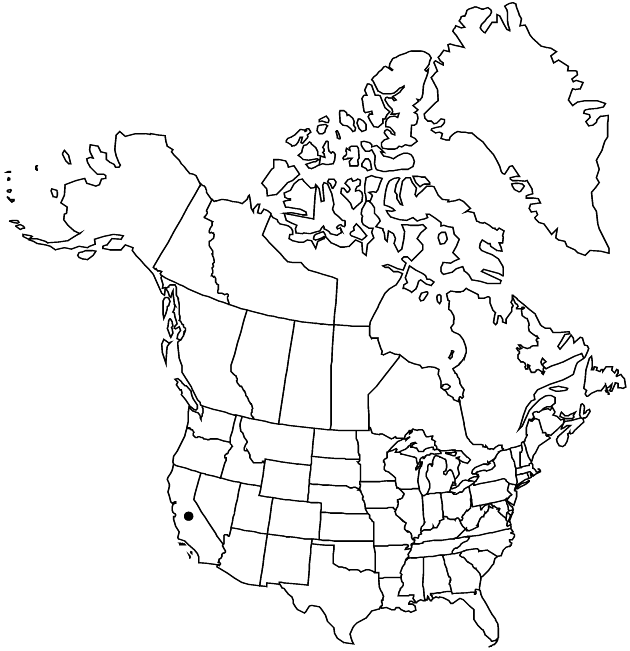Plants 150–500 cm (sometimes trees). Stems erect to ascending, green when young, fastigiately branched, glabrous or sparsely hairy, gland-dotted, resinous. Leaves (crowded) usually ascending to spreading; blades oblanceolate to oblong (flat to slightly concave), 25–70 × 3–12 mm, midnerves evident abaxially, apices acute, faces glabrous or sparsely hairy, gland-dotted (in pits), resinous; axillary fascicles usually absent. Heads in rounded, cymiform arrays (to 9 cm wide). Peduncles 1–5 mm (bracts 0–5, scalelike). Involucres turbinate to subcampanulate, 4–6 × 3.5–4.5 mm. Phyllaries 18–24 in 3–4 series, tan, narrowly triangular to lanceolate, 1–5 × 0.5–1 mm, unequal, mostly chartaceous, midnerves raised, evident, usually uniform in width, sometimes slightly dilated apically, apices acute, abaxial faces glabrous or sparsely puberulent, resinous. Ray florets 0. Disc florets 7–15; corollas 4–5 mm. Cypselae tan to brown, narrowly ellipsoid, 2–3 mm, moderately hairy to sericeous; pappi off-white to brown, 4–5 mm. 2n = 18.
Phenology: Flowering late summer–fall.
Habitat: Dry hillsides in chaparral and open forests, increases after fires
Elevation: 400–2200 m
Discussion
Variety parishii grows in the southern third of California. It has sometimes been treated as a subspecies of Ericameria arborescens in Haplopappus.
Selected References
None.
